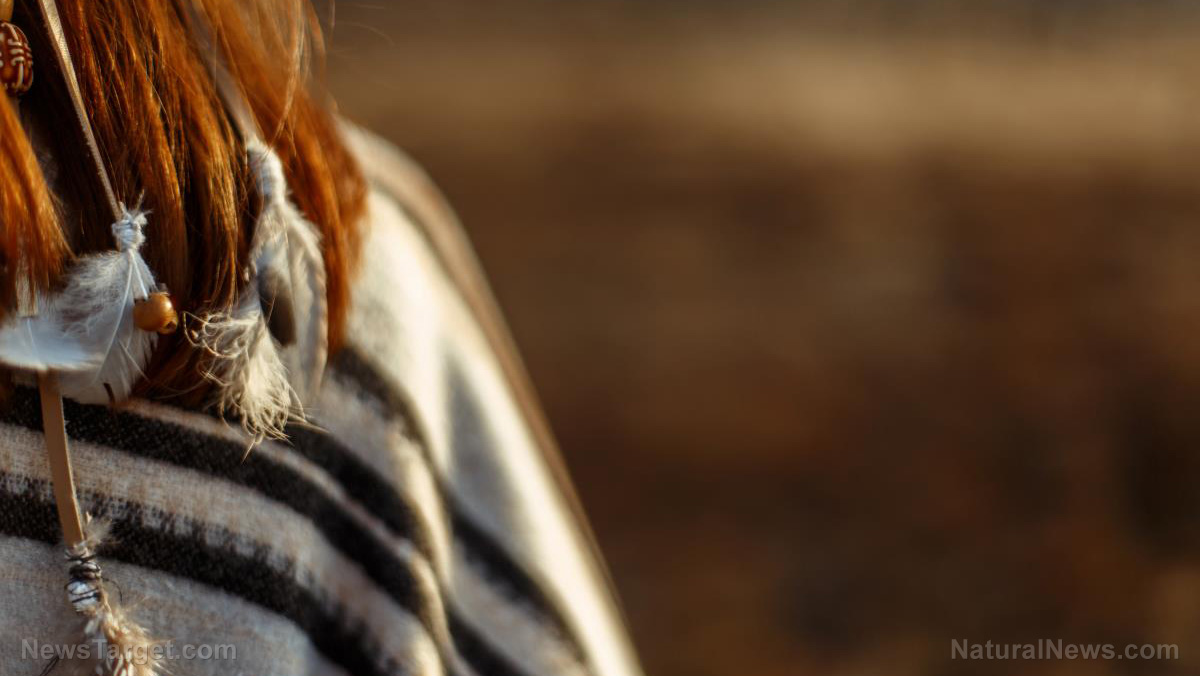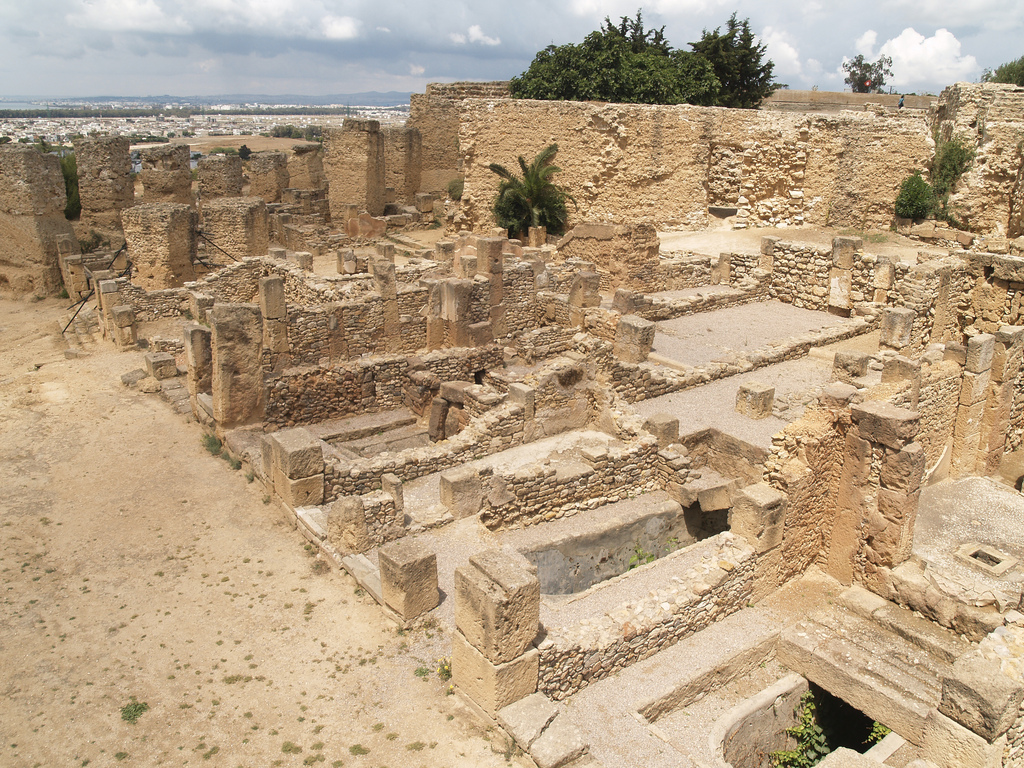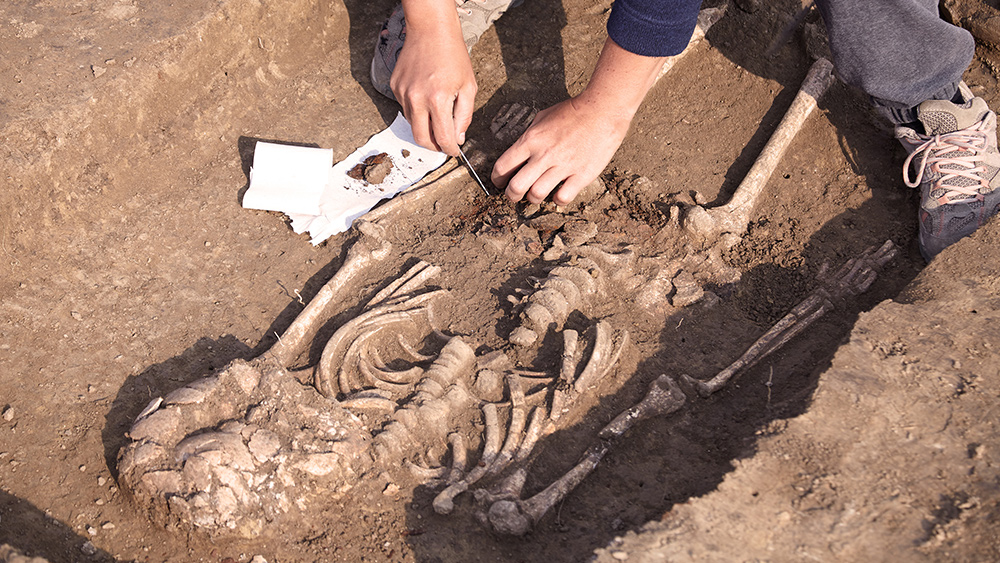
Scientists recently found evidence of an unknown ancestor of humans whose DNA is present even in people living today. Their findings, published in the journal Plos Genetics, were derived from a novel algorithm that allowed scientists to map the lineages of early humans and the interbreeding events that occurred between them.
Among the ancient ancestors included in the study were the Neanderthals and the mysterious Denisovans. Neanderthals are the extinct species of humans that populated vast areas of Eurasia and went extinct about 30,000 years ago. Denisovans, on the other hand, populated Siberia and are lesser-known than Neanderthals.
Scientists first found out about the existence of Denisovans in 2008 when a fragment of a girl’s pinky finger was found in a Siberian cave. But recent research suggests that this species/sub-species interbred with Neanderthals as well as with Homo sapiens – modern humans.
Neanderthals, on the other hand, have accounted for one to four percent of human genes in people from Asia, Europe and Oceania. About 20 percent of the Neanderthal genome is estimated to be preserved across all modern humans today.
DNA of unknown ancestor present in today’s humans
For the present study, the researchers compared the genomes -- the complete set of genes in a cell -- of two Neanderthals, one Denisovan and two modern African individuals. The samples from modern Africans were selected because they are known not to have any Neanderthal and Denisovan genes.
Using the novel algorithm, they captured recombination events in which segments of chromosomes -- which are made up of DNA -- from one individual get passed onto the chromosome of another. The researchers added that the algorithm enables them to identify DNA that was deeply buried by a series of interbreeding events.
Results show that one percent of the Denisovan genome came from genes of an unknown archaic ancestor, which resulted from an interbreeding event roughly a million years ago. In turn, about 15 percent of the archaic interbreeding sequences found in Denisovans are present in people who are alive today.
The team suspects that this mystery ancestor might be Homo erectus, an extinct hominin that emerged in Africa about two million years ago and migrated out of the continent. They explained that Homo erectus likely overlapped in Eurasia with the ancestors of Denisovans and Neanderthals.
However, the DNA fragments found were tiny and the genome of Homo erectus has never been sequenced. Thus, the mystery ancestor could have been an entirely different, unknown human ancestor.
Complex picture of human ancestry
The researchers also found evidence suggesting that Homo sapiens mated with Neanderthals between 200,000 and 300,000 years ago, supporting earlier research that found the two interbred earlier than previously thought at 47,000 to 65,000 years ago. As a result, about three percent of the Neanderthal genome came from Homo sapiens.
“Our best conjecture is that an early group of anatomically modern humans left Africa then encountered and interbred with Neandertals, perhaps in the Middle East,” said co-author Adam Siepel of the Cold Springs Harbor Laboratory.
He added that the lineage from this mating either died out or was absorbed by Neanderthals. Otherwise, they could have gone back to Africa. (Related: Were Neanderthals in California the first Americans?.)
“A picture is emerging of a series of distinct but related populations moving around the globe and frequently interacting with one another, with occasional interbreeding events that produced hybrid offspring,” said Siepel.
It further appears, said the researchers, that ancient human species mated whenever they are present at the same time in the same place.
Such interbreeding could have weakened some hybrid offspring’s fitness for survival. But it is apparent from the study that many of them survived and reproduced, painting a complex picture of human genealogical history that is preserved even in today’s humans.
Artifacts.news has more on recent discoveries on human’s early ancestors.
Sources include:
Nature.com 2 [PDF]
Please contact us for more information.




















